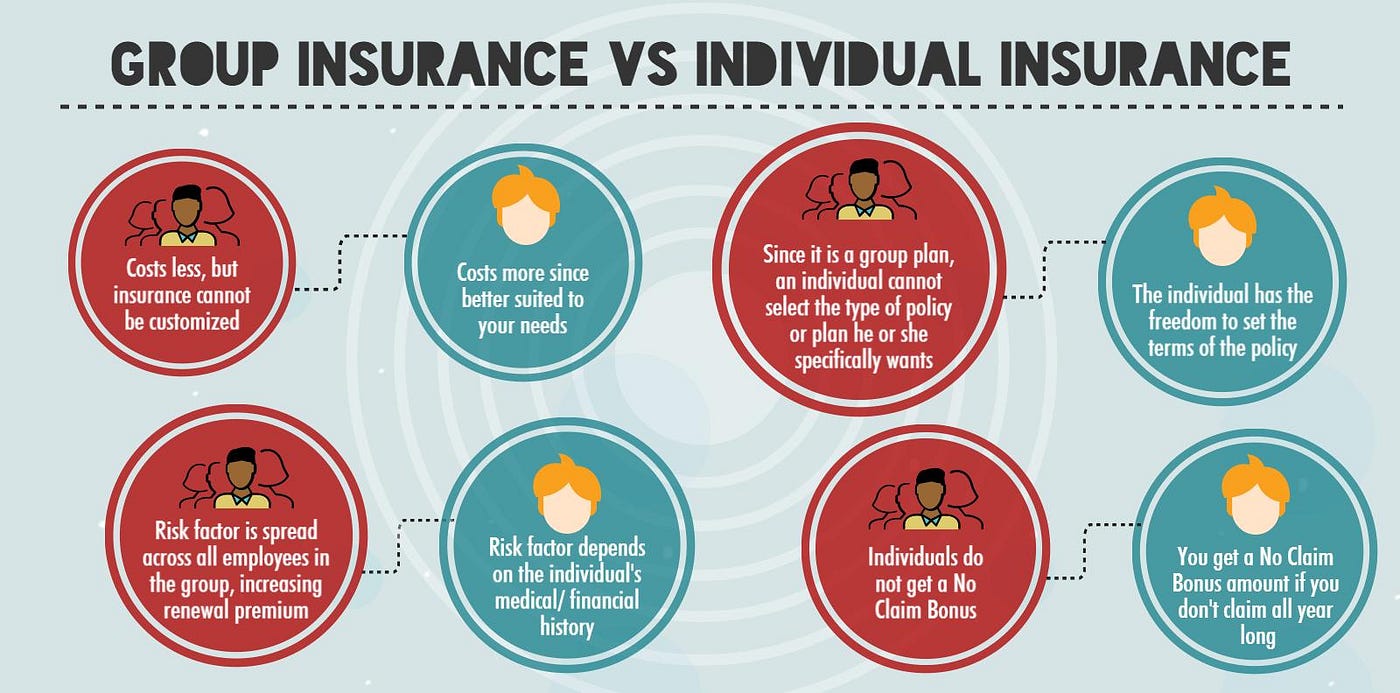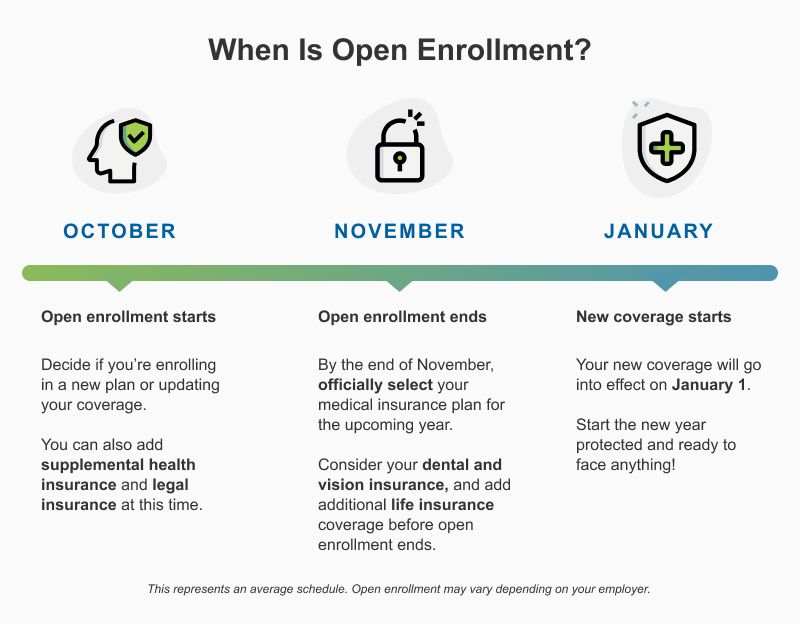The Main Principles Of Medicare Advantage Agent
The Main Principles Of Medicare Advantage Agent
Blog Article
The Basic Principles Of Medicare Advantage Agent
Table of ContentsIndicators on Medicare Advantage Agent You Need To KnowSome Known Details About Medicare Advantage Agent Little Known Questions About Medicare Advantage Agent.

complies with from perplexing the reasonably young age account of the uninsured with the better health and wellness, generally, of younger individuals. This obscures the link in between health status and medical insurance. For those without accessibility to workplace wellness insurance policy, inadequate wellness is a potential obstacle to acquiring nongroup coverage due to the fact that such protection may be highly valued, leave out preexisting problems, or be merely inaccessible. The variety of uninsured Americans is not particularly big and has not changed recently. 7 out of 10 participants in an across the country depictive survey thought that less Americans did not have wellness insurance policy than in fact do(Fronstin, 1998). Roughly fifty percent(47 percent )believed that the variety of individuals without medical insurance lowered or remained constant over the last fifty percent of the last decade(Blendon et al., 1999). This decrease of nearly 2 million in the variety of individuals 'without insurance policy (a decrease
of around 4 percent)is definitely a favorable modification. With a softer economic climate in 2000 the latest reported gains in insurance protection might not continue(Fronstin, 2001 ). The decline in the number of without insurance will not proceed if the economy continues to be sluggish and health and wellness care prices continue to exceed rising cost of living. This is because the data were gathered for a period of strong economic efficiency. Of the estimated 42 million people who were uninsured, almost concerning 420,000(regarding 1 percent)were under 65 years of age, the age at which most Americans become eligible for Medicare; 32 million were grownups in between ages 18 and 65, about 19 percent of all adults in this age team; and 10 million were youngsters under 18 years old, concerning 13.9 percent of all youngsters (Mills, 2000). These estimates of the number of persons without insurance are generated from the yearly March Supplement to the Existing Populace Study (CPS), carried out by the Census Bureau. Unless or else kept in mind, national estimates of individuals without wellness insurance policy and percentages of the population with different type of protection are based on the CPS, one of the most commonly made use of source of price quotes of insurance policy coverage and uninsurance rates. These studies and the quotes they generate are described briefly in Table B. 1 in Appendix B - Medicare Advantage Agent. These studies differ in dimension and sampling methods, the questions that are inquired about insurance coverage
The 6-Minute Rule for Medicare Advantage Agent
coverage, and the time period over which insurance policy protection or uninsurance is determined(Lewis et al., 1998, Fronstin, 2000a ). Still, the CPS is especially helpful due to the fact that it generates yearly quotes reasonably rapidly, reporting the previous year's insurance coverage approximates each September, and because it is the basis for a regular collection of estimates for even more than two decades, enabling evaluation of trends in coverage gradually.

3 Simple Techniques For Medicare Advantage Agent
Over a three-year period starting early in 1993, 72 million individuals, 29 percent of the united state population, lacked protection for at the very least one month. Within a single year(1994), 53 million people experienced a minimum of a month without coverage(Bennefield, 1998a). 6 out of every 10 without insurance grownups are themselves used. Functioning does improve the probability that one and one's household participants will have insurance policy, it is not an assurance. Also members of family members with 2 full time wage earners have almost a one-in-ten chance of being without insurance (9.1 percent without insurance rate)(Hoffman and Pohl, 2000 ). The partnership between medical insurance and accessibility to care is well established, as recorded later on in this chapter. The relationship in between wellness insurance coverage and health and wellness results is neither straight nor basic, a comprehensive clinical and health and wellness solutions study literature web links health and wellness insurance policy protection
to improved access to care, better far better, and improved personal individual population populace wellnessCondition For instance, the 2nd record, on personal wellness results for uninsured adults, is stood for by the innermost circle of the number, while the 3rd report, on household wellness, encompasses the topics of the 2nd report but highlights a various system of evaluation, namely, the family members. The 6th report in the collection will offer details about approaches and efforts embarked on locally, statewide, or nationally to deal with the absence of insurance and its damaging effects. Levels of analysis for taking a look at the results of uninsurance. This discussion of wellness insurance coverage concentrates primarily on the U.S. population under age 65 because practically all Americans 65 and older have Medicare or various other public insurance coverage.
It concentrates particularly on those without any kind of wellness insurance coverage for any kind of size of time. The problems encountered by the underinsured are in some areas comparable to those encountered by the without insurance, although they are usually less extreme. Uninsurance and underinsurance, however, include distinctly different policy issues, and the strategies for resolving them may vary. Throughout this research and the five records to adhere to, the main focus gets on persons without any medical insurance and hence no help in paying for health treatment past what is offered through charity and safeguard organizations. Medical insurance is a powerful element influencing receipt of treatment because both clients and doctors reply to the out-of-pocket rate of services. Health insurance, nonetheless, is neither required nor adequate to gain accessibility to clinical solutions. However, the independent and direct result of wellness
insurance protection on accessibility to health services is well developed. Others will get the healthcare they need even without medical insurance, by spending for it out of pocket or seeking it from service providers who supply treatment complimentary or at extremely subsidized rates. For still others, medical insurance alone does not make certain invoice of treatment due to various other nonfinancial barriers, such as a lack of health care providers in their community, limited access to transportation, illiteracy, or etymological and cultural differences. Formal research study concerning uninsured populations in the United States dates to the late 1920s and early 1930s when the Board on the Cost of Treatment generated a collection of records about financing physician office check outs and hospital stays. This issue came to be salient as the numbers of clinically indigent climbed throughout the Great Clinical depression. Empirical researches regularly sustain the link between accessibility to care and enhanced health and wellness end results(Bindman et al., 1995; Starfield, 1995 ). Having a regular resource of treatment can be thought about a predictor of accessibility, instead of a direct measure of it, when wellness outcomes are themselves utilized as gain access to indications. This extension of the concept of accessibility dimension was made by the IOM Committee on Monitoring Access to Personal Healthcare Solutions(Millman, 1993, p. Whether or not parents are guaranteed appears to affect whether or not their why not find out more kids receive care as well as just how much careeven if the youngsters themselves have coverage(Hanson, 1998). The health and wellness of moms and dads can impact their capability to look after their kids and the degree of family members tension. Bothering with their children's accessibility to care is itself a source of tension for parents. Three chapters click here for info comply with in this record. Chapter 2 provides a review of how employment-based medical insurance, public programs and specific insurance coverage run and engage to give comprehensive but incomplete protection of the U.S. populace. This includes an evaluation of historic trends and public policies impacting both public and personal insurance coverage, a conversation of the interactions amongst the various kinds of insurance, and an examination of why individuals move from one program to an additional or end up

Report this page